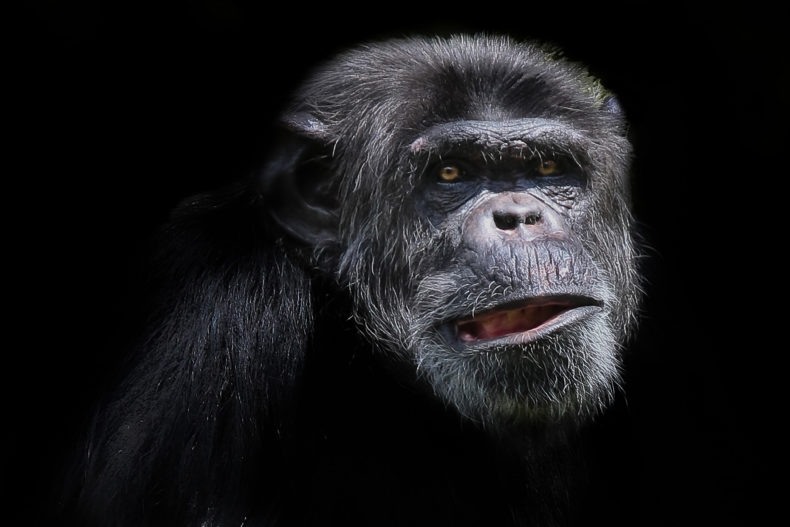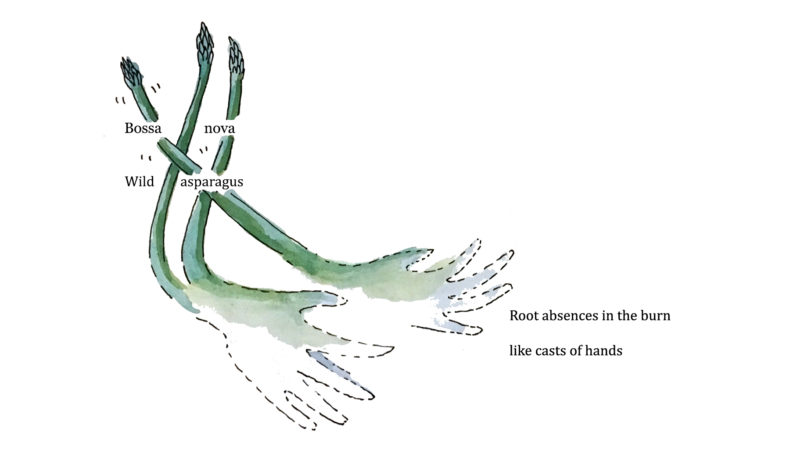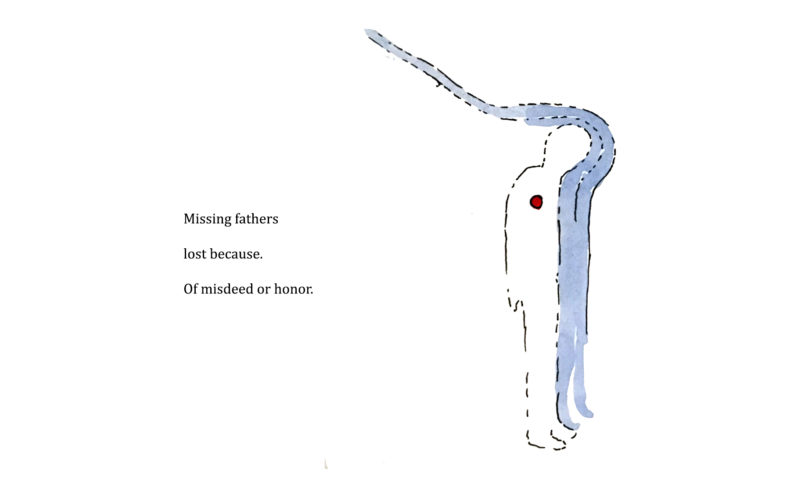This post originally ran November 22, 2016.

In 2015, the National Institutes of Health announced the end of invasive chimpanzee research in the US. The agency had dramatically scaled back the program in 2013, and NIH director Francis Collins reported that due to lack of demand, he had decided to allow the remaining animals to retire as well. “It is clear that we’ve reached a tipping point,” he wrote. “I have reassessed the need to maintain chimpanzees for biomedical research and decided that effective immediately, NIH will no longer maintain a colony of 50 chimpanzees for future research.”
Collins explained that all NIH-owned chimps would be transferred to Chimp Haven, a chimpanzee sanctuary in Louisiana, “as space is available and on a timescale that will allow for optimal transition of each individual chimpanzee with careful consideration of their welfare, including their health and social grouping.”
But enacting that plan has proven more difficult than anticipated. According to a 2016 report from the Government Accountability Office, as of January, Chimp Haven housed less than a third of all the chimps owned or supported by NIH. Part of the problem is space. The facility can only accommodate about 230 animals. But there’s another, thornier issue: Not everyone agrees that Chimp Haven is the best place for these apes to spend their golden years.
Continue reading






